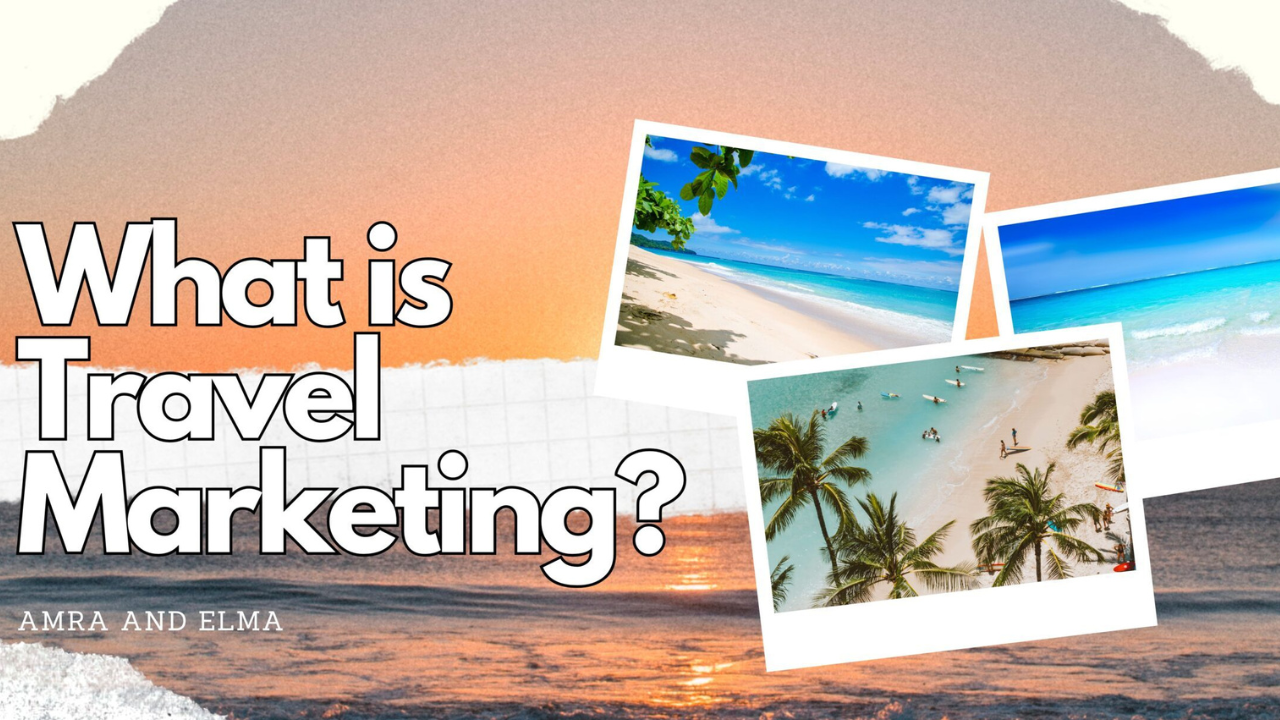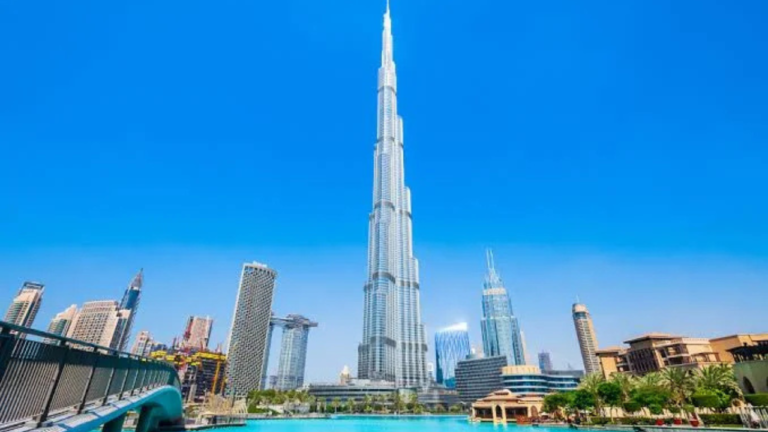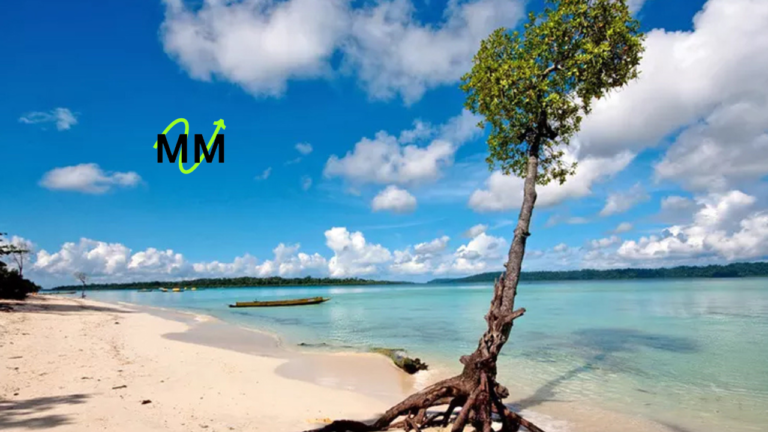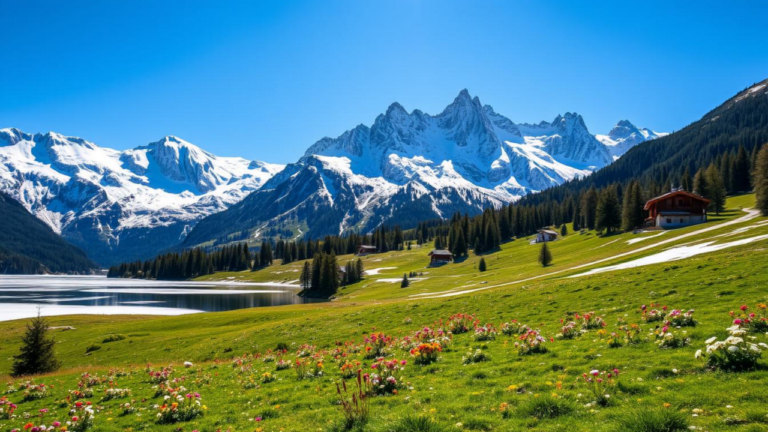Destination Marketing: Crafting Stories That Inspire Travel

Destination marketing is the art and science of promoting a location’s unique appeal to attract tourists, businesses, and event organizers. It is a multifaceted effort beyond mere advertising to build emotional connections and create a lasting identity for a destination. In a world teeming with travel options, successful destination marketing can make a location stand out in a crowded global marketplace by weaving compelling narratives that captivate the imagination.
Understanding Destination Marketing
At its core, destination marketing is about showcasing what makes a place unique. This could be its natural beauty, cultural heritage, recreational activities, or urban charm. The goal is to craft an identity that resonates with specific audiences, whether they are adventure-seekers, history enthusiasts, or families looking for memorable vacations.
Organizations such as tourism boards and visitor bureaus typically spearhead destination marketing strategies. These work in close collaboration with local businesses, government agencies, and community stakeholders to align their efforts and amplify the reach of their campaigns. Their work encompasses a range of activities, including brand creation, digital promotion, traditional advertising, and initiatives to ensure tourism benefits local communities and preserves the environment.
Destination marketing can apply to all scales of tourist destinations, whether it’s an entire country, a region within a country, a county, a city, or a specific place or landmark. Whether you are trying to attract visitors to the famous view from Bredon Hill in Worcestershire or to travel across the length and breadth of India, destination marketing is a valuable and powerful skill.
Key Components of Destination Marketing
One of the foundational elements of destination marketing is brand identity. Creating a memorable image or slogan that captures the essence of a location is crucial to distinguishing it from other destinations. For example, the tagline “Virginia is for Lovers” has endured for over five decades, highlighting the state’s appeal to many travelers. A strong brand identity is the cornerstone of all marketing efforts, providing consistency across campaigns.
Promotion is another critical aspect, spanning both digital and traditional platforms. Websites, social media, and content marketing enable destinations to engage with global audiences in real-time. In contrast, events, print media, and television ads can offer a more tangible and local touch. Together, these channels ensure that a destination’s message reaches its target audience effectively.
Sustainability and community engagement have become increasingly crucial in destination marketing. Ensuring that tourism contributes positively to local communities and protects the environment is essential for long-term success. Campaigns focusing on eco-tourism, cultural preservation, and inclusivity resonate with modern travelers, who are often conscious of their social and environmental impact.
Iconic Destination Marketing Campaigns
The power of destination marketing is exemplified in numerous successful campaigns that have left an indelible mark on the travel industry. One of the most famous campaigns is New Zealand’s “100% Pure New Zealand,” launched in 1999. This initiative spotlighted the country’s pristine landscapes and adventure experiences, drawing nature lovers and thrill-seekers worldwide. The campaign’s stunning visuals and immersive storytelling solidified New Zealand’s reputation as a dream destination.
Similarly, Ireland’s “Wild Atlantic Way” campaign showcased the scenic 2,500-kilometre coastal route along the country’s west coast. By emphasizing its rugged cliffs, charming villages, and rich history, the campaign appealed to travelers seeking authenticity and picturesque journeys.
The “Inspired by Iceland” campaign turned a potential crisis into a success story in Iceland. Following the 2010 volcanic eruption that brought Iceland to the news for the wrong reasons, the country sought to revitalize tourism as air travel was disrupted across Europe. It did this by inviting visitors to share their experiences on social media. The campaign’s emphasis on user-generated content created an emotional connection. It fostered authenticity, drawing millions of curious travelers to Iceland’s unique landscapes and showing there was more to Iceland than volcanoes and ash.
What Makes Destination Marketing Campaigns Successful?
Several key factors contribute to the success of destination marketing campaigns. Storytelling is paramount; campaigns that evoke emotions and inspire wanderlust are more likely to capture attention and drive travel decisions. High-quality visuals and videos also play a crucial role, allowing potential visitors to experience a destination’s beauty and offerings from afar.
Authenticity is another vital element. In its “Sheepview” campaign, the Faroe Islands attached a 360-degree camera to the back of their native sheep to broadcast the islands’ scenery to the world in an entirely unfiltered and natural way that was distinctive and drew attention. These campaigns can build trust and create a sense of genuine connection. Additionally, targeted messaging ensures that the right audience is reached, whether it’s families, solo adventurers, or couples seeking romance.
Finally, a campaign’s longevity and adaptability can determine its impact. Iconic slogans such as “Virginia is for Lovers” endure because they evolve to stay relevant to changing times and audiences, ensuring a lasting connection with travelers.
Read More: How to Get Your Start in the Forex Trading Industry.






